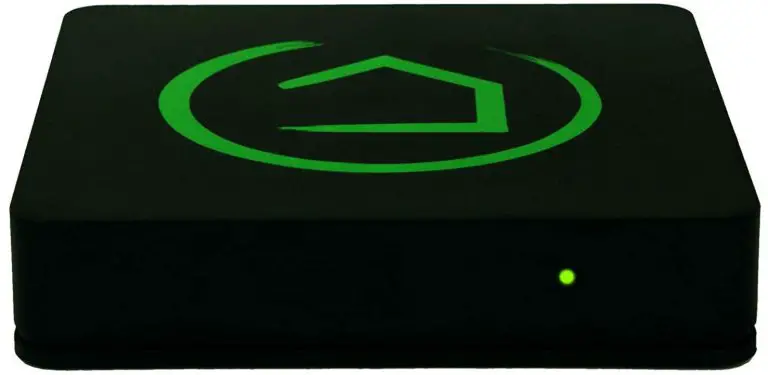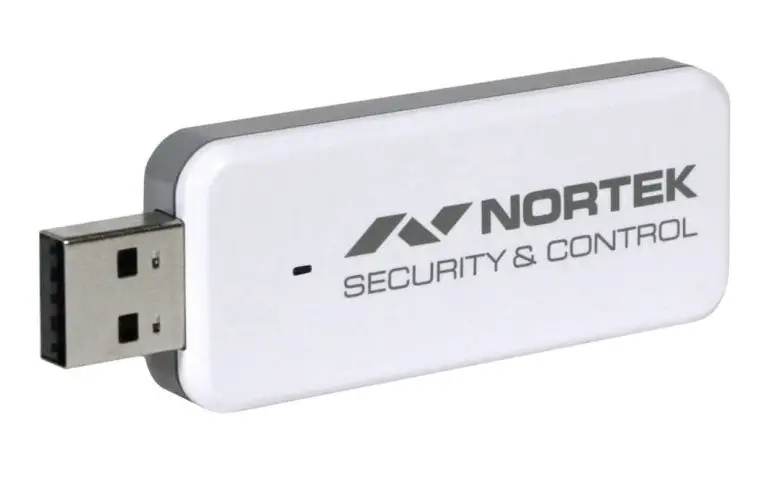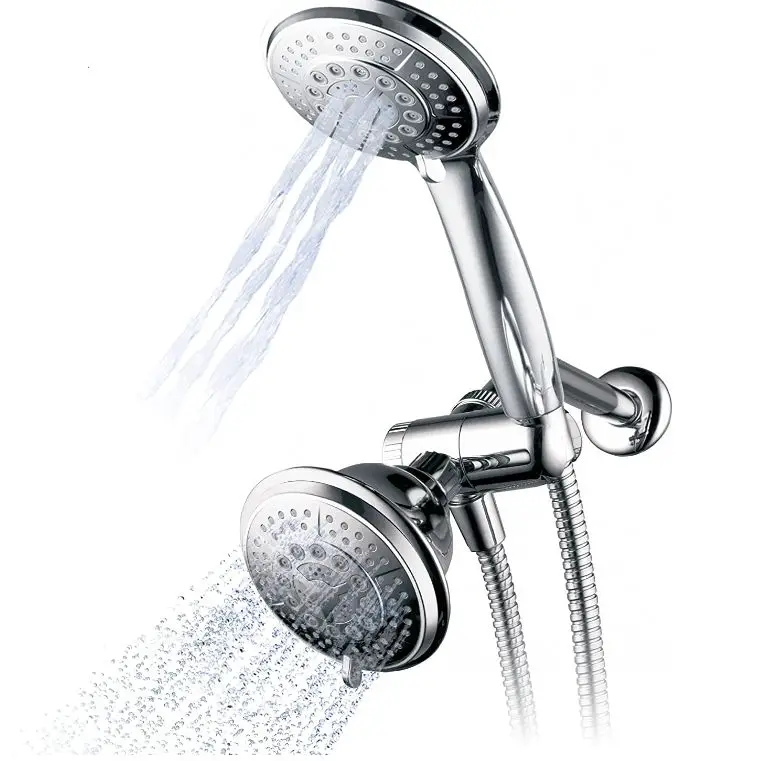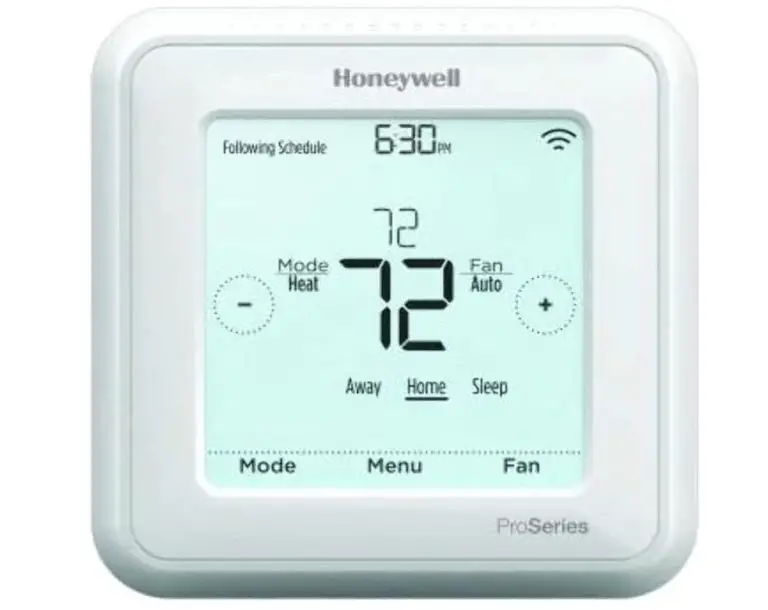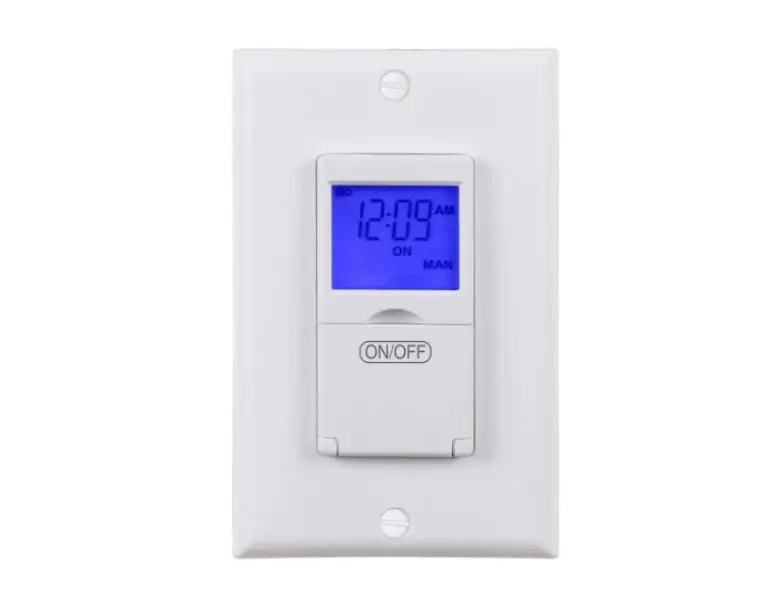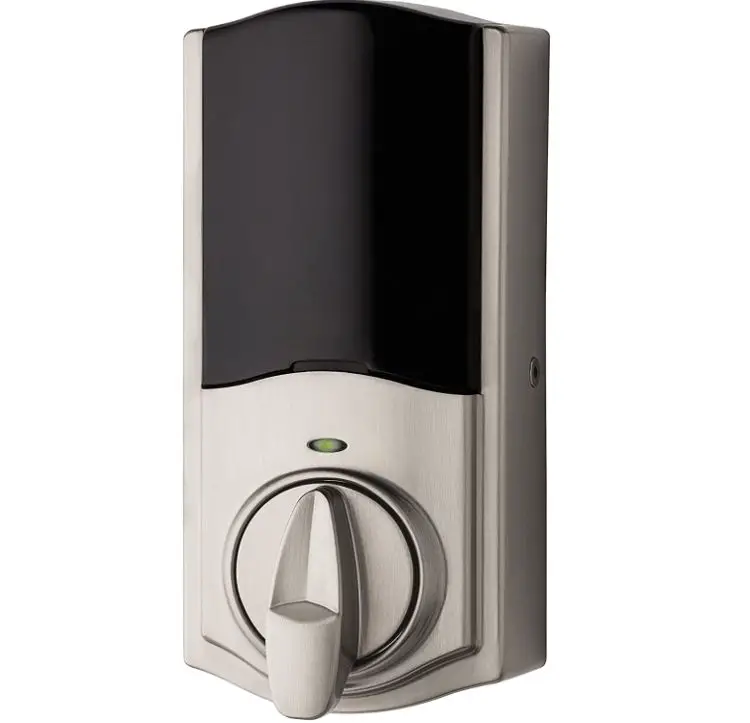Best Z Wave Door Sensor Reviews and Buying Guide
Introduction
Isn’t it true that knowing when the entry points, such as doors and windows, are secure helps increase house security? Fortunately, residential door security has lately improved. This is due to the advancement of smart home technologies. With the help of little gadgets known as smart door and window sensors, you’ll be able to keep track of when doors and windows are opened. So, we have compiled a list of the best Z Wave door sensor in this article.
The best aspect is that you can monitor it from any location while you’re away from home. One of the most popular home automation technologies, Z-Wave, allows door and window sensors to build the intelligence required to give you these features.
Z wave is likely the fastest-growing smart home system in the country right now since it provides numerous advantages over other solutions, such as a WiFi-based smart home system. Z waves are based on special waves created by the Z wave controller or hubs and can only be received by Z wave-capable devices. Because the technology is so easy, Z wave support may be added to even the most basic devices such as switches, power outlets, and door sensors.
Today, we’ll take a look at the top Z wave door sensors on the market. These choices are unquestionably a terrific addition to any home because they boost security while also providing the customer with easier monitoring access. The Z wave door sensors are ideal for all types of residences. Before you buy one, make sure to look over the following crucial aspects.
Size:
Not every door is the same size. As a result, not all gadgets will be entirely compatible with your door. Before purchasing the Z wave door sensors, you can compare the sizes of the devices stated in each of our recommendations. Then you can compare it to ensure that you can install the gadget discreetly on your door.
Compatibility:
With multiple Z wave devices, compatibility is a major concern. With all Z wave devices, a certain hub or controller is required, which you must install in your home. If the door sensor is incompatible with your hub, you will be unable to connect it and will lose access to all of its capabilities.
Warranty:
The warranty period is a crucial consideration for any electrical product. Even with devices like door sensors, there are built-in chips that could cause issues in the future. While you cannot avoid the problems, you can avoid them if your equipment has an extended warranty duration.
After installing a Z wave door sensor, you will totally rely on its effectiveness and accuracy for your home’s protection. As a result, it is critical to extensively research the equipment before purchasing it. With our recommendations for the best Z wave door sensors, you can acquire all the information you need. Furthermore, there is a “Buying Guide” that should provide you with information on Z wave door sensors.
Best Z Wave Door Sensor of 2023

Ecolink Z-wave Plus Rare Earth Magnets Door & Window Sensor
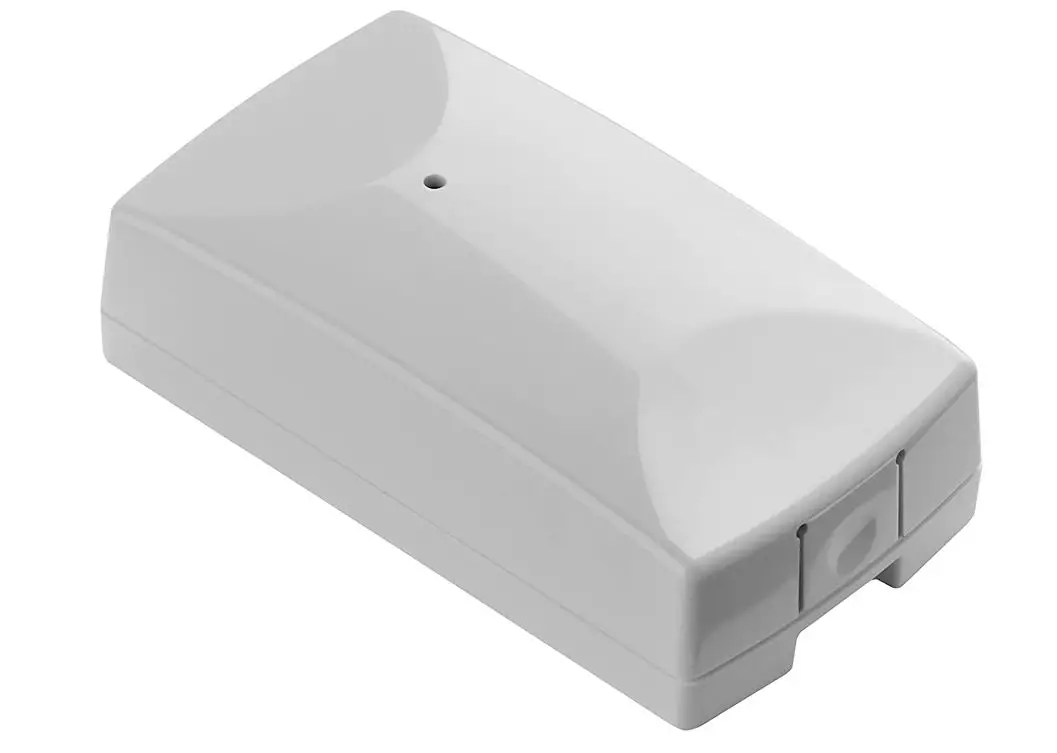
Ecolink Z-wave Plus Garage Door Tilt Sensor

Fibaro FGDW-002-1 FGDW0021

THIRDREALITY Zigbee Contact Sensor

Aeotec TriSensor Z-Wave Plus Sensor

Aqara Door and Window Sensor

On our list of recommendations, Ecolink has one more smart door sensor to offer. If you didn’t like the last Ecolink option, try the following one, which might be more to your liking.
The Ecolink Z-wave Plus door and window sensor have a low-profile design comparable to our prior recommendation. However, it uses Z wave plus technology, making it a better choice than most Z wave door sensors.
It is compatible with Samsung SartThings, Vera, Homeseer, and a variety of other Z wave hubs. The item already has a battery fitted. To activate the door sensor, simply pull the battery tab.
The Ecolink Z-wave Plus door and window sensor have a sensor-to-magnet gap of 58 inches, which aids in accurate and precise findings. Depending on your needs, you can select between white and brown door sensors.
In terms of battery life, you can expect roughly 3 years of continuous use before it needs to be replaced. The product itself has a one-year warranty from the date of purchase from Ecolink.

Ecolink is a well-known brand for Z wave devices, and there are several Ecolink possibilities on our list today. Thousands of Z wave smart home users have already chosen the following Ecolink option.
It is constructed with industry-leading gold-plated components, which virtually eliminates the possibility of internal damage. The sensor comes with a flush mount bracket, which makes installation much easier. Once the device is placed, all that remains is to insert the battery and you are ready to go.
The Ecolink Z-wave Plus Gold Plated smart door sensor is powered by a stand-alone battery that provides nearly 5 years of backup after installation. It’s a CR123A lithium battery that won’t need to be replaced anytime soon.
The door sensor’s overall shape and size are very low profile and readily blend in with the door. In comparison to many other solutions, Ecolink provides a three-year warranty on the door sensor.

Now that you’ve learned about the market’s most popular selections, let’s look at some of the lesser-known alternatives. Among these, the Fibaro smart door sensor is unquestionably a viable alternative.
The Fibaro door and window sensor is a unique addition to this list. Apart from monitoring the location of doors and windows, it also has a temperature sensor, allowing you to be warned only when necessary. It is capable of detecting the opening and closing of numerous openings such as doors, windows, and even exterior gates.
When coupled with a compatible controller, the sensor can be programmed to activate another security system, such as an alarm or a door lock.
The Fibaro door and window sensor are UL and Z wave plus approved. As a result, you may expect the best performance after installation. To compensate for the smaller form factor, it is powered by a smaller battery.
As a result, the battery life of the Fibaro door and window sensor is approximately two years. Aside from that, it is compatible with a wide range of Z wave hubs, including Verizon, Nexia, Homeseer, and other widely marketed controllers.

THIRDREALITY’s next product on our list is a Zigbee standard-compliant door sensor. It is compatible with the Echo, Echo Plus, and Echo Show, as well as the Echo Studio, Eero Pro, SmartThings, Hubitat, and Aeotec.
It is compatible with the majority of the house’s windows and doors. It runs on two AAA 1.5V alkaline batteries that typically last approximately two years. When the battery is entirely depleted, you can easily replace them with fresh ones.
Because it is compatible with the Alexa app, you can control it with your smartphone to open a window, turn on a light, or send an alert. This product’s installation is fairly straightforward and does not require any professional assistance.

Despite the fact that Aeotec is a relatively unknown name in the market, their Z wave door sensor has risen to second place on our list due to its effectiveness and dependability.
As the name suggests, their TriSensor is equipped with three separate sensors. Despite containing three important sensors, it is fairly small in size. A motion sensor monitors the occupancy of the room, a light intensity sensor manages linked lights, and a temperature sensor manages the atmosphere.
It can detect motion with an accuracy of up to 23 feet, which is 40% greater than the nearest competitors in the same range. Its temperature sensor has an accuracy of up to 1°C and can read temperatures ranging from 14 to 122 degrees Fahrenheit. Its light sensor can read and analyze values ranging from 0 to 30000 LUX with 1 accuracy.
It just weighs 50 grams and measures 1.77 inches in length. It is simple to put in any corner, beam sensor, shelf sensor, or recessed in a ceiling cavity.

Last but not least product on our list is from the Aquara brand. Their clever door and window sensor is unquestionably a worthwhile investment.
This window and door sensor is Alexa and Apple Homekit compatible. It is compatible with a wide range of smart devices. This sensor is extremely energy efficient, with a battery that typically lasts more than two years under regular usage settings.
Apart from doors and windows, it is also compatible with other fixtures that use a similar mechanism, such as cabinets, drawers, and so on. It is capable of connecting up to 128 devices. It has the ability to send alert notifications to your smartphone as well as activate the local alarm.
How do Z-Wave door sensors work?
Although they are sometimes referred to as contact sensors, door sensors do not really touch each other. All door sensors will likewise be divided into two halves: the main sensor body, which houses the battery and electronics, and the magnetic half. These can be separated by a short space of less than an inch. When the space between the two parts surpasses this limit,’ magnetic contact’ is broken and the state changes to ‘open’ on your Z-Wave hub.
What are the different types of Z-Wave door sensors?
We can classify them into the following groups based on their form factor:
Door and Window Sensors
The primary sensor housing the battery and the smaller magnet are separated into two sections. One part goes on the door frame, the other on the door.
Recessed Door Sensors
They, too, are divided into two halves, but the larger portion houses the battery and is recessed into the door frame. The smaller magnet is hidden behind the door.
Some types, regardless of their shape, can measure not just open/close (or magnetic contact), but also temperature and humidity.
How do I install a Z-Wave door sensor?
You must ‘include’ them in your Z-Wave network, just like any other Z-Wave device, by following the manufacturer’s inclusion process.
I have two suggestions based on my years of expertise dealing with Z-Wave:
- Before you begin the inclusion procedure, perform a factory reset on the device. This step alone saved me hours of frustration while configuring a Z-Wave device.
- While executing the inclusion procedure, place the device as close to the Z-Wave hub as possible. Aim for a space of one meter between the two. This should also help with the usual problem of the device being included but not in a secure mode.
Benefits of Z-Wave Door/Window Sensors
Door and window sensors can improve not only your home but also your experiences there. These small smart devices could improve your quality of life at home.
The two most important aspects of home life that smart door and window sensors provide are security and convenience.
Home Security
The door and windows are the key entryways into every home. As a result, anybody or anything can enter your property through these entrances.
We recognize that allowing harmful or destructive components access poses a risk, but we genuinely hope that no one is affected. As a result, it is critical for everyone to secure these entry points at home.
Z-Wave door and window sensors will allow you to monitor if a door or window is open or closed.
Furthermore, an application on your smartphone or any other smart device, such as smart sirens, will notify you as soon as it opens. Consider how much strength you will need to maintain your home security.
Convenience
Smart door and window sensors can improve the security of your house while also making your life easier.
Consider how your smart home system might be able to recognize when you open a window or door. You can program your home automation system to do things like turn on the lights in the evening using other connected smart devices.
Furthermore, the system can turn on the air conditioning as soon as you walk through the door.
These are just a few examples of how you might benefit from or use Z-Wave smart home equipment to improve convenience and pleasure.
Buying Guide For The Best Z Wave Door Sensor
Because that phrase almost precisely describes how these devices work, Z wave door sensors are frequently referred to as “contact sensors.” Despite the lack of physical contact, the Z wave door sensor units feature two independent sections that work together to produce a single sensor despite the lack of physical contact.
The sensors are always spaced apart and calibrated by the system. The technology will sound an alarm if the gap develops beyond a specific point. A number of factors should be considered before selecting a Z wave door sensor because they may have an impact on the device’s installation and operation in your home. This website offers all of the information you need. In this buying guide, we will go over every important aspect of a Z wave door sensor that you should be aware of before purchasing one.
Size
The size of a Z wave device is usually unimportant because they don’t take up much space. However, when it comes to device installation, you should pay special attention to the size of a Z wave door sensor. The Z wave door sensor consists of two distinct components that must be installed on the door and the door frame.
The door sensor is straightforward to install, but depending on the available space and frame width, the second component may be more difficult. We’ve included the measurements of each Z wave door sensor, as well as our top picks, to assist you to confirm compatibility before placing an order. In any event, a smaller device is preferred because it is less noticeable and covers it more efficiently.
Compatibility With Hub
To be used, the Z wave door sensors, like all Z wave devices, must be paired with a specific Z wave controller. Many different businesses provide these controllers, each of which only supports a limited number of devices. As a result, not all Z wave devices are compatible with all Z wave controllers or hubs.
If you’re specifically looking for a Z wave door sensor, you may already have a Z wave controller at home. Check the specifications of the Z wave door sensor to see if your Z wave controller is listed as a compatible option before purchasing it. If you don’t, you won’t be able to pair the door sensor and will eventually have to replace it with a different, more suitable type.
Battery Backup
In contrast to the bulk of Z wave devices, the Z wave door sensors are designed to be compact and unobtrusive. Furthermore, because the Z wave door sensor lacks complex internal components and technology, it consumes very little electricity. Z wave door sensors are commonly powered by a battery that must be changed on a regular basis.
The battery backup differs based on the type of battery used to power the device. The battery in a Z wave door sensor normally lasts approximately a year, which is acceptable because it will not need to be changed frequently. However, there are moderately priced versions that use normal AAA batteries, which drain faster than other options.
Range and Sensitivity
The sensitivity and range of the Z wave door sensor are two of its most critical properties because they have a direct impact on how well the device performs. The term “range” refers to the maximum distance that the sensor can maintain while still connected to the Z wave hub. Because Z wave hubs and controllers are frequently located in bedrooms and other remote regions, they are not usually located near the entryway.
As a result, long distances can be difficult and regularly cause system disconnections. Another critical factor is the sensor’s sensitivity. A sensor should accomplish its one and only job—provide data based on door displacement—quickly and precisely. Due to low sensor sensitivity, substantial door displacement may occur without warning to the user or the system.
Frequently Asked Questions:
How Do Z-Wave Door/Window Sensors Work?
So, exactly how do door and window sensors work? Two aspects influence how these sensors work.
The sensor and magnet coupling is the first to be considered. The second feature is the Z-Wave technology, which provides these sensors with their intelligence.
The Z-Wave door and window sensors work in a similar manner. When the sensor is released from the magnet, it may detect the opening of the door.
Otherwise, the sensor will detect that the door is closed. When the sensor senses that the door has opened, it sends a signal or makes communication with other smart devices, such as a smart hub.
This is how sophisticated sensors function. It is simple, yet it provides enormous benefits for the convenience and security of your house.
How many types of Z wave door sensors are there?
There are normally two types of Z wave sensors based on the device’s form size and design. The door and window sensors are the most common type of Z wave door sensors. One of these sensors is the primary sensor, while the other detects if a door or window is open or closed. It is popular among users since it is quite trustworthy.
Another type of Z wave door sensor is a recessed door sensor. Although it appears to be similar in design to the previous one, this includes a larger sensor body and a magnet that is recessed into the door. This Z wave door sensor is somewhat tough to install. It does, however, provide significantly more reliable service and improved tamper resistance.
How to install and activate a Z wave door sensor?
The Z wave door sensor, like any other Z wave device, must be connected to your own Z wave network. Each manufacturer supplies a set of instructions with the product based on the supported controller or hub. The unit merely needs to be put on your door and turned on according to the installation instructions.
After that, simply launch the Z wave controller software on your smartphone and search for other devices. The Z wave door sensor will be detected and added to your list of connected devices immediately.
What features should I look for in a Z wave door sensor?
The Z wave door sensor performs a variety of duties, making it an invaluable addition to any security system. For example, keeping a check on the state of your doors and windows and reporting to the system owner of any unexpected behavior greatly improves your home’s security.
Although this is the core function of the device, it also offers many additional features such as sensitivity adjustment, scheduled on/off, Z wave plus support, and many more. You should read our buying guide for the best Z wave door sensor to learn about the best features of a Z wave door sensor.
Conclusion
There are several factors to consider before purchasing any of these Z-wave door or window sensors.
It all comes down to how much money you’re willing to pay and which features will best suit your smart home’s needs. Safety and convenience will always be the most critical considerations.
Even if cost is a consideration, there are numerous choices available, and the prices for this equipment are normal. Everything is dependent on the qualities you want and the value of the investment.
As a result, before investing in any of these smart door and window sensors, thoroughly examine what you require.
With the Ecolink Z-wave door/window sensor, you may have the most basic function for your home. However, the other sensors on this list can also provide identical functionality.
